As Ujiji was only a few minutes south of Kigoma and abut a £1 for a bajaj to get there, I thought I’d take a look. I hadn’t planned to go to see the Livingstone memorial but I had time on my hands and Kigoma town was not big enough to keep me occupied.
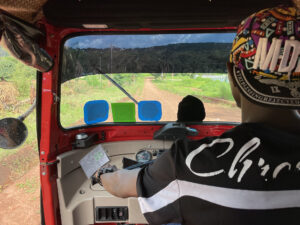
I had walked around the town centre for about half an hour, fended off beggars and discouraged people from following me. The ‘starometer’ is very high in Kigoma which is surprising as it’s popular with people going to Gombe National Park. Maybe none of these tourists ever go into the town. It certainly seemed that way because I was the focus of attention for everyone I passed.
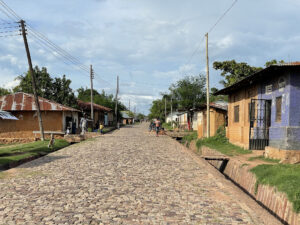
So it was that I ended up going to Ujiji to have walk to the lake. The bajaj driver wanted extra money to take me the Livingstone memorial which was very cheeky as we had already agreed. I cut my losses and told him to let me get out. I would walk to rest of the way.
This turned out to be fortuitous because I ended up walking down a long straight cobbled road, the sort you would find in the old parts of Mediaeval towns in the UK. I had never seen this in Tanzania.
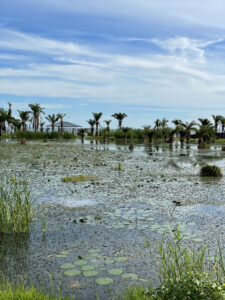
Ujiji claims to be the oldest town in Western Tanzania. It’s certainly one of the most attractive, much more so than neighbouring Kigoma. As I alked down the road children waved to me and shouted greetings in English and then ran away giggling. Men sitting outside the mosque stopped me to talk. Women coming back from their work their shambas waved to me and called out Mambo. I was already liking Ujiji very much.
Because I had let my bajaj driver go, I was not sure exactly where to go and had to stop and ask people along the way. “Livingstone” I asked – they pointed straight down the road. I walked on and on on the cobbles as motorbikes and the occasional bajaj passed me.
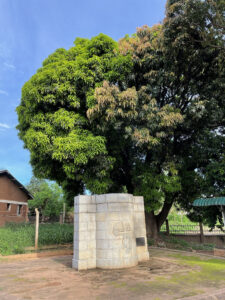
There didn’t seem to be any other foreigners here, I was conspicuous by my being the only mzungu. This is what it must have been like for Burton and Speke when they arrived in Ujiji in 1858 and then for Livingstone as he walked down this very same road in 1871.
I continued to walk downhill towards the lake and managed to walk straight past the memorial thinking it was a government office. It was only on arriving at the lake shore that I asked a fisherman “Livingstone?” – and was turned around.
I was surprised on entering the small compound to find another mzungu there, clearly a local as his Swahili seemed to be excellent. The elderly guide, on hearing I was British asked me whether I knew Michael Palin, his friend. It appeared he had come here on one of his travels. I said I would say hello to him the next time I saw him. He was happy with that.
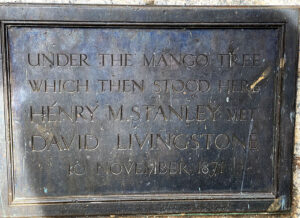
The memorial is simple and set on the site of the meeting between Livingstone and Stanley which was under a mango tree. The mango tree has since died but the ones which now shelter the memorial came from the seeds.
There is a small and not terribly interesting museum with no artefacts from either man but does show the history of the town. I paid my 12,000/= entrance fee, tipped the old man 8,000/= for his terribly long historical talk he had forced us both to sit through and made my way back up the cobbled street.
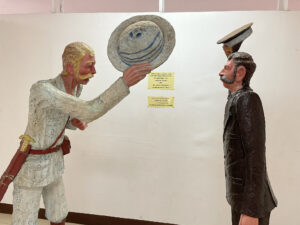
That famous meeting “Livingstone I presume”, is part of the social history of my country and i had never planned or thought I would ever visit it. Indeed, even being in Kigoma, it was not something I had intended doing. But I was pleased I had gone, if not for the memorial but for the small town of Ujiji which is a fantastic place, green and lush and full if life. It is not difficult to imagine Livingstone Stanley, Speke and Burton arriving here and walkig the same route as me to the lake.